Apple's interest in a new Wi-Fi standard reveals some things about Apple Glasses
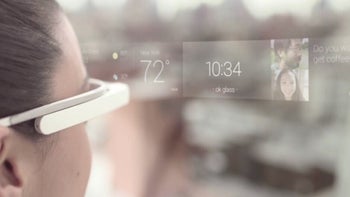
Whether it is launched by Apple late this year (not very likely), next year (more likely) or even in 2022 (even likelier), Apple Glasses carries a heavy burden as the company's "next big thing." Ever since the late Steve Jobs held up the OG iPhone at MacWorld on January 9th, 2007, Apple has been about the iPhone. The products that were subsequently launched by the company such as the popular AirPods wireless Bluetooth earbuds and the Apple Watch (the top-selling watch in the world) both have a reliance on Apple's iconic smartphone to some degree. And Apple's Services division, which sells subscription services like AppleCare+, Apple Music, Apple News+, and takes a cut of in-app payments and Apple Pay transactions, is dependent on the number of active iPhones still in use.
But time marches on and even a wildly successful consumer product like the iPhone eventually needs to be replaced by something new. And that takes us back to the Apple Glasses. Similar to Google Glass, these will rely on AR and overlay data and information over a real world view. Any bit of news about Apple Glasses is welcome since we really don't know terribly much about the device.
The new 802.11ay Wi-Fi standard provides low latency and fast signals
Last week, there was talk about a new Wi-Fi standard for the 2020 iPhone 12 series that was named 802.11ay. The signals are very fast but only travel a short distance. As Macworld notes, this new Wi-Fi designation could be considered similar to mmWave spectrum in that it runs faster than lower-band Wi-Fi frequencies, but has a very limited range. It also has low latency and the speeds are super fast. Perhaps we didn't make our point clear, so we will try it again. The speeds associated with 802.11ay are super fast. Apple could put this technology on the iPhone with Apple Glasses in mind.

The new Wi-Fi standard will help a pair of Apple Glasses connect wirelessly to a nearby iPhon
Apple can use 802.11ay to maintain a super fast connection between a pair of Apple Glasses and a nearby iPhone. That's because, with its high bandwidth and low latency, the new Wi-Fi signals are perfect for sending data to high-resolution displays that have a high refresh rate like, say, an Augmented Reality headset. And even if it turns out that Apple Glasses are a mixed reality headset (Augmented and Virtual Reality), the new Wi-Fi standard would still be appropriate for the device. And this certainly would come in handy if a nearby iPhone will be handling the processing for Apple Glasses.
If you're hoping that the first generation Apple Glasses will be a standalone product, you might not get your wish; 802.11ay could be perfect for sending data from the glasses to an iPhone and back to the glasses. One, the latency is low and two, the signals are fast; the fact that they don't travel that far shouldn't matter if we are talking about an iPhone that is in a pocket or the hand of an Apple Glasses wearer.

Illustration of a possible headset from an Apple patent application
Apple Glasses is rumored to use the brand new reality Operating System (rOS); analyst Gene Munster, who now plies his trade for Loup Ventures, said a couple of years ago that he expected Apple to charge $1,300 for the device. Munster, who originally called for a 2020 release of the glasses, now expects a December 2021 launch. If he hasn't changed his forecast, Munster says that Apple might sell as many as 10 million units over the first 12 months. That would result in revenue of $13 billion from Apple Glasses during the product's first year on the market.
Apple's interest in the new Wi-Fi standard could have to do with an impending Apple Glasses release. The company does not want users to be stuck with a cable that connects between the glasses and an iPhone. And 802.11ay appears to be the perfect solution.








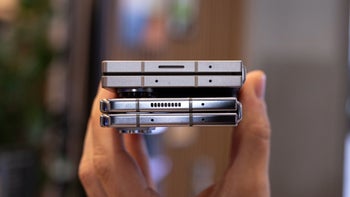
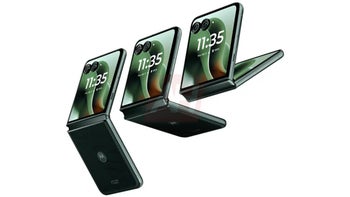
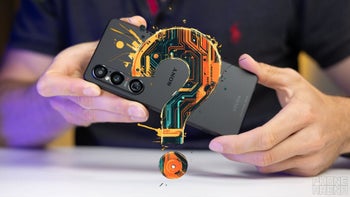
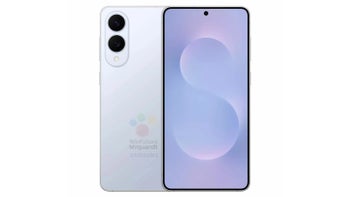
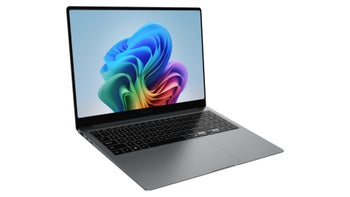
Things that are NOT allowed: